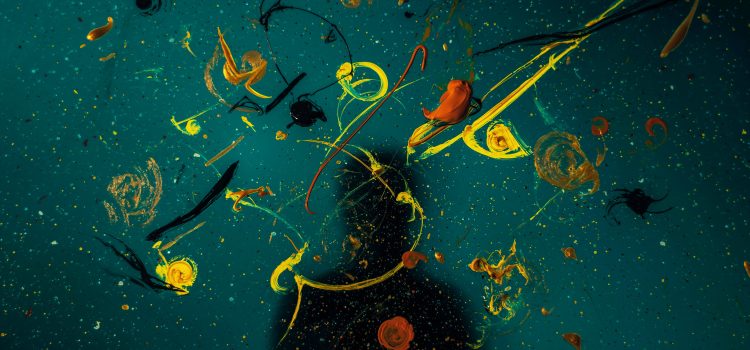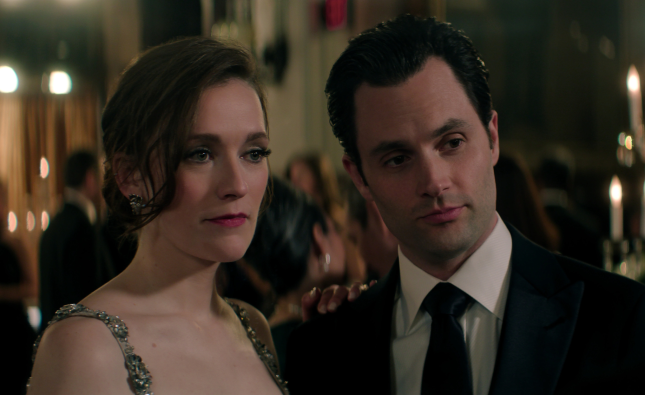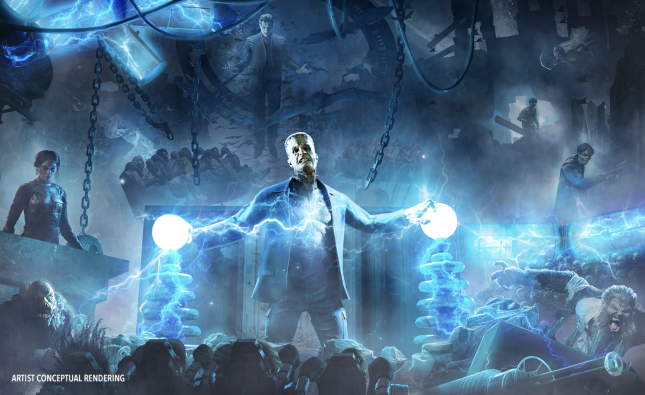
Perspective is a fundamental aspect of art that has been used for centuries to create the illusion of depth and space on two-dimensional surface. It is a technique that has evolved over time, with artists experimenting with different methods to achieve a realistic representation of the world around them. In this article, we will take a journey through the history of perspective in art, exploring its origins, development, and impact on the art world.
Origins of Perspective
The concept of perspective can be traced back to ancient Greece, where artists used a rudimentary form of linear perspective to create the illusion of depth in their paintings. However, it was not until the Renaissance period that perspective became a fully developed technique, with artists such as Leonardo da Vinci and Michelangelo using it to create realistic and lifelike paintings.
Development of Perspective
During the Renaissance, artists began to experiment with different types of perspective, including one-point perspective, two-point perspective, and atmospheric perspective. One-point perspective involves drawing objects as they appear from a single point of view, while two-point perspective involves drawing objects as they appear from two different points of view. Atmospheric perspective involves using color and shading to create the illusion of depth and distance.
Impact of Perspective on Art
The development of perspective had a profound impact on the art world, allowing artists to create more realistic and lifelike paintings. It also led to the emergence of new art forms, such as landscape painting, which relied heavily on the use of atmospheric perspective to create the illusion of distance and depth.
In the modern era, artists have continued to experiment with perspective, pushing the boundaries of what is possible and creating new and innovative art forms. From the cubist paintings of Pablo Picasso to the surreal landscapes of Salvador Dali, perspective has played a central role in the development of modern art.
Conclusion
Perspective is a fundamental aspect of art that has evolved over time, with artists experimenting with different techniques to create the illusion of depth and space on a two-dimensional surface. From its origins in ancient Greece to its development during the Renaissance and its impact on the art world, perspective has played a central role in the evolution of art. As artists continue to push the boundaries of what is possible, it is clear that perspective will continue to play a vital role in the art world for years to come.










